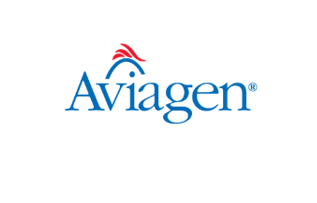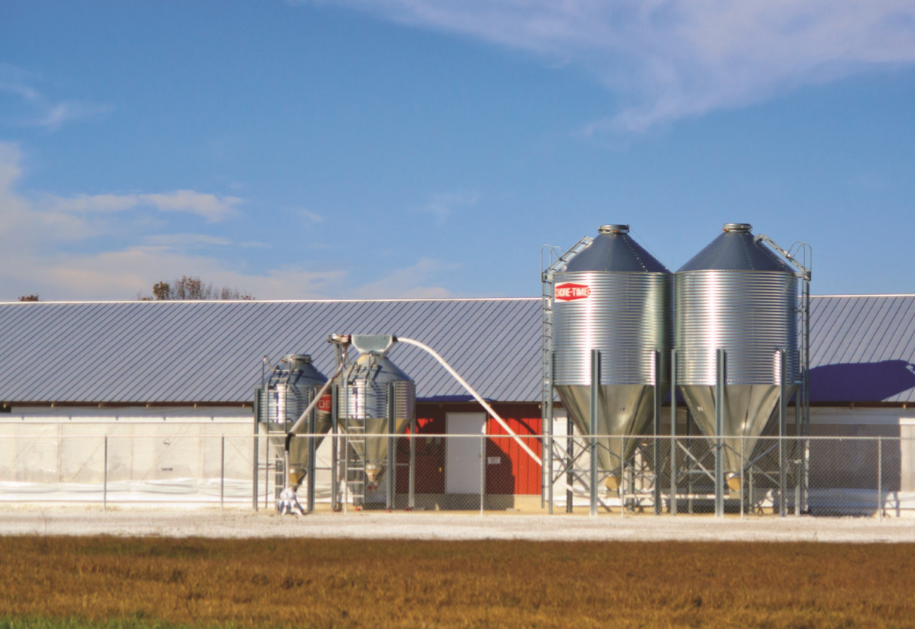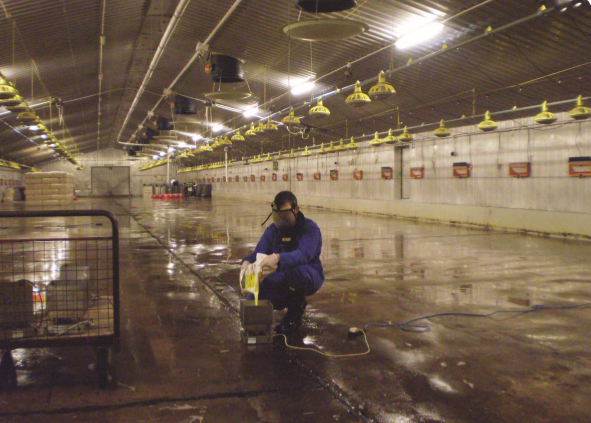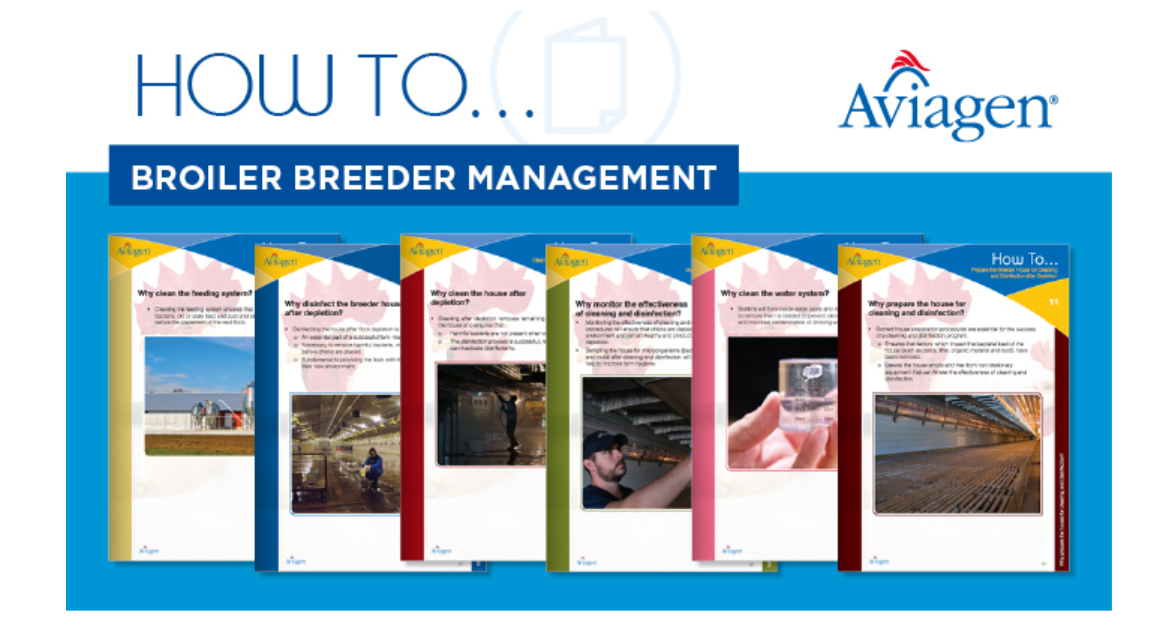



Why clean the water system?
Part of Series:
< Previous Article in Series
Biofilms will form inside water pipes and regular treatment to remove them is needed to prevent decreased water flow and microbial contamination of drinking water.
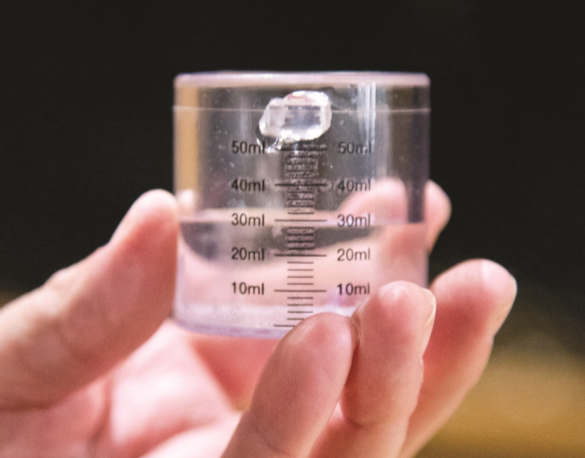
Procedure for cleaning the water system
It is essential to remove biofilms in the water system and submit water samples for analysis before birds arrive. It is also good practice to disinfect water lines once a month (for cleaning purposes) during the life of the flock and flush them a minimum of once a week to maintain good water quality in addition to daily routine water sanitation.
Equipment
- Approved sanitizing compounds
- Cleaning, disinfection equipment (protective clothing)
- Air compressor and hose
- Water sample bottles and sample sponges
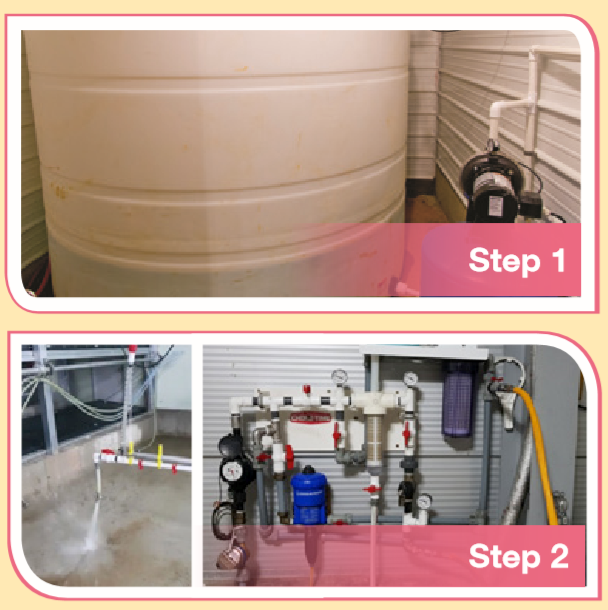
Procedure
Step 1: Drain water pipes and header tanks.
Step 2: Flush water lines with clean water or forced air. When cleaning the water lines with forced air, ensure the end of the drinker line is open so that the high pressure air can easily force the water out the end of the drinker line. Air pressure should be closely regulated so that it is not too high, which can cause damage to the drinker lines.
Step 3: Scrub header tanks to remove scale and biofilm deposit and drain to the exterior of the house.
Step 4: Refill the tank with fresh water and add an approved sanitizer. The sanitizer must be approved for use with the drinking system and used at the correct dilution for effective biofilm removal.
Step 5: Run the sanitizer solution through the drinker lines from the header tank, ensuring that there are no air locks.
Step 6: For disinfection after depletion only, fill the header tank to normal operating level with additional sanitizer solution at the appropriate strength. Replace the lid and allow the disinfectant to remain inside the tank for 24 - 72 hours.
Step 7: Drain the tank and drinker lines thoroughly and rinse with clean water.
Step 8: Refill the tank with fresh water prior to bird arrival.
Step 9: If physical cleaning of the inside of water pipes is not possible, biofilms can be removed by using peroxygen compounds. These lines must be flushed thoroughly before the birds drink.
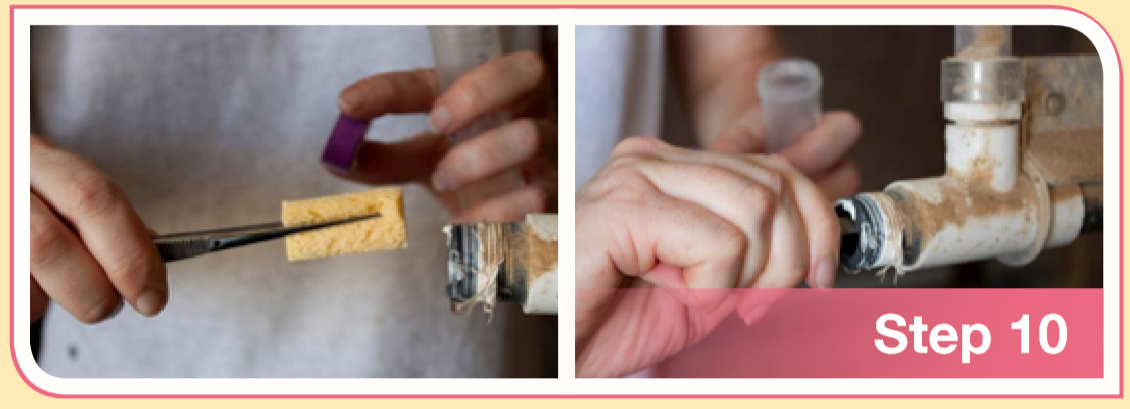
Step 10: Sample the water source, storage tanks and drinkers at the end of the lines and submit for bacterial analysis. Use a sponge to culture inside the water line to find any remaining biofilm (i.e., bacteria).
Interpreting results
- Visual inspection is a primary tool for determining the effectiveness of cleaning and disinfection of the exterior parts of the drinking system.
- Regular assessments of water quality, both at the source and reservoirs, are necessary for monitoring microbial load and mineral content.
- Total viable bacterial count is a good quality assurance test. The table below shows the standard operating levels of TVCs and specific pathogens.

If the water analysis results fall within the desired limits, no action is required. However, if the analysis shows TVCs outside the acceptable limits, it will be necessary to clean and sanitize the water system until TVCs are within the ideal range.








